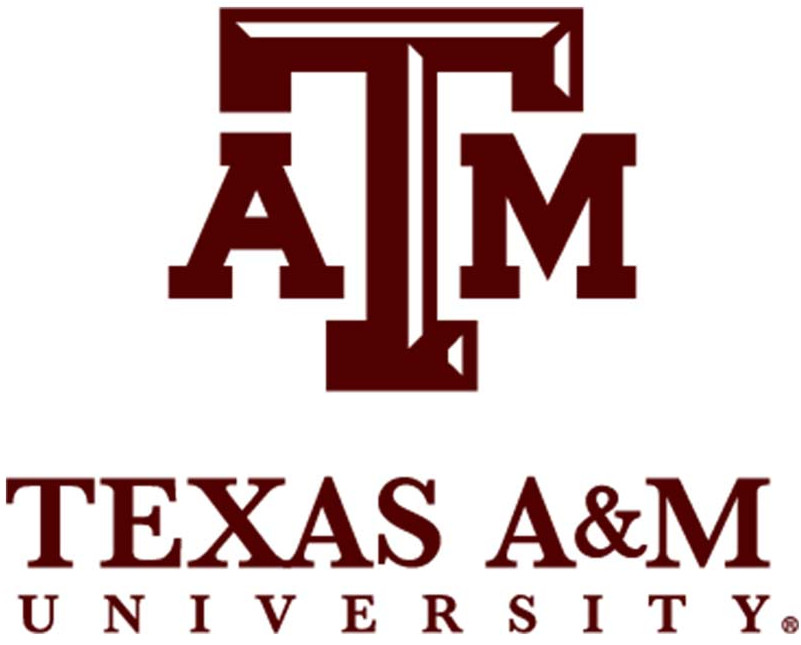State Aid in Times of Crisis – How Did Fixed Cost Grants Help Firms to Cope with COVID-19?
P6-S142-4
Presented by: Nadine Weuschek
The COVID-19 pandemic precipitated an unprecedented global economic crisis, compelling governments to implement various support programs to stabilize economies. This study investigates the impact of fixed cost grants under Germany's largest COVID-19 financial aid program, Corona Bridging Aid III (UBH III), on post-COVID firm performance. Utilizing a unique dataset, which includes detailed grant disbursement information and firm-level financial data, this research examines the relationship between the approved funding amount and key performance indicators such as sales, earnings before interest and taxes (EBIT), cash flow, equity ratio, and employment. The analysis reveals a negative correlation between the volume of approved funding and post-COVID firm performance. Specifically, higher funding amounts are associated with slower recovery in terms of sales, EBIT, and cash flow. This trend is particularly pronounced in 2021, with the negative effects diminishing but still present in 2022. The findings suggest that while the grants helped firms stabilize to some extent, they were insufficient to fully offset the losses incurred during the pandemic. Additionally, the study finds no significant relationship between the funding amount and employment levels, indicating that the grants were effective in preventing layoffs. The results exhibit considerable heterogeneity across industries and firm sizes. The study also explores the role of digitalization investments, finding only slight evidence that such investments positively influenced recovery. These findings underscore the need for more tailored government support programs that consider industry-specific and firm-specific characteristics to enhance the efficiency of public funds allocation during economic crises.
Keywords: Government support, Public subsidies, Grants, Crisis, COVID-19

